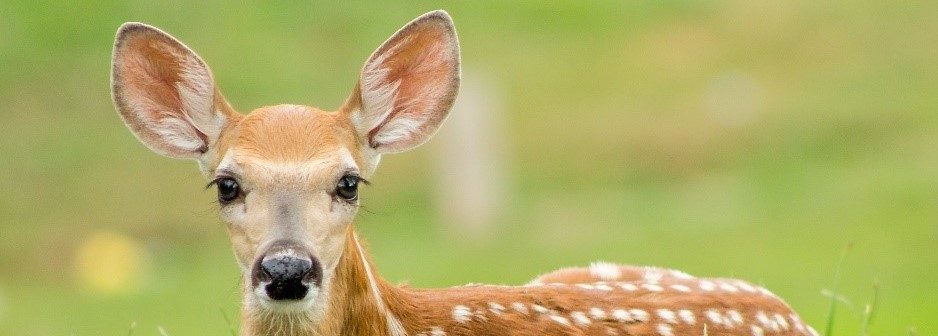
As you can see below, only Beirut cats seem relaxed these days, enjoying a sunny day. They are the lucky ones as they do not have US money in banks that they cannot have access to.
Talking about US currency, Bambi cannot help not to wonder why has Lebanon’s economy been that dependent on US money? It seems rather odd, especially through the eyes of a “deer” visiting from abroad.

Below is an olive tree on a street in Beirut.


Above we can see the famous fist, symbol of the people’s revolt, that we have seen in all the media since October 17, 2019. It feels a bit strange to stand next to it in real life. Bambi now has a picture of herself next to this symbol, with her fist closed like it :).

Above we can see two Christmas trees at a hotel in central Beirut. Below is a picture of the Revolution Christmas tree.






The word “revolution” is written on the piece of stone above.

Beirut has been destroyed and re-built 7 times throughout 6000 years of history. We can see ancient ruins in the picture above.

In the picture below, we can see a new wall built to “protect” the Lebanese parliament. On it, we can read in Arabic: “May the wall of shame fall”.




Above is a mirror and we can read under it: “You are the leader of the revolution” (written with the feminine grammatical form in Arabic).

Above, we can read: “All of them means all of them” (= in reference to all the corrupt politicians). Interestingly, Bambi’s cousin showed her a picture of a French social demonstration of some sort where French protesters borrowed the Lebanese slogan, writing it on their sign in Arabic :).
Another funny story about this slogan is that, when the revolt started, Bambi (who sometimes seems to live on a different planet) thought that it meant “All of them for the nation means all of them” (like in the national anthem). It took her a couple of days to understand the whole story behind this clever slogan.

The above picture consists of two separate pieces of arts. In the one to the left, we can read: “Sectarianism is not your religion. Get rid of it. It has insulted both my religion and yours”. In the one to the right, we can read: “Express yourself. This is a group psychological therapy session for the first time after civil war”.

Above, the picture to the left is a beautiful painting by a Lebanese artist. The picture to the right is a graffiti that reads: “Beirut is for us”.
Below, we can see a sort of a wish tree.


Above, again, we see two separate pictures. The one to the left shows a feminist graffiti (i.e. women have played a significant role in the revolt) whereas the one to the right speaks for itself in English: Rights for the LGBTQ community.

Above we can see two separate pictures that Bambi has merged for fun. The one to the left refers to the crying need of changing the very old law that prevents Lebanese women from passing their citizenship to their children. It also has a graffiti that reads: “Our October 17th revolution is neither Iranian nor American, it is rather civil”. The picture to the right does not need any translation :), at least linguistically speaking.

More tragically, the pictures below are again merged by Bambi. The one to the left shows Mr. Alaa Abu Fakher who was sadly killed (in front of one of his children’s eyes) during the peaceful revolution a few weeks ago. The picture to the right shows a graffiti reading as follows: “Those who are scared do not make revolutions”.



Indeed, life goes on in Beirut…
To illustrate this, above is a picture of the traffic in the downtown area. Below, we can see how they sometimes decorate coffee here. The picture in question is actually a beautiful souvenir from yesterday when Bambi met Hala, a classmate she has not seen for 30 years; these were their happy hearts connecting again! Together, they reached out to their beloved math highschool teacher (on WhatsApp of course :)). He kindly called them immediately. It was moving to chat with him and even see him online (video call). This teacher has been an inspiration to them and many other friends. Bless his heart.

